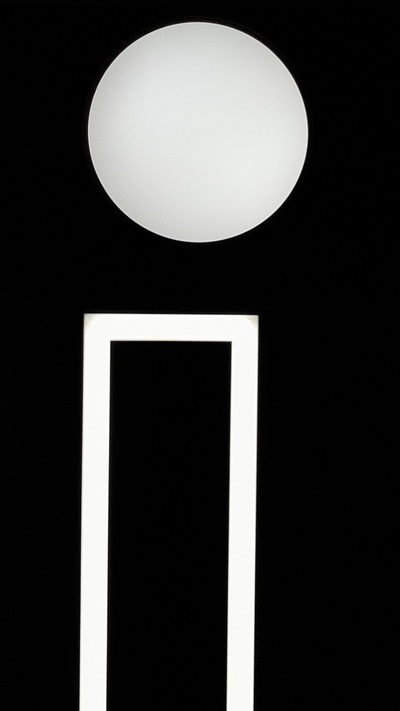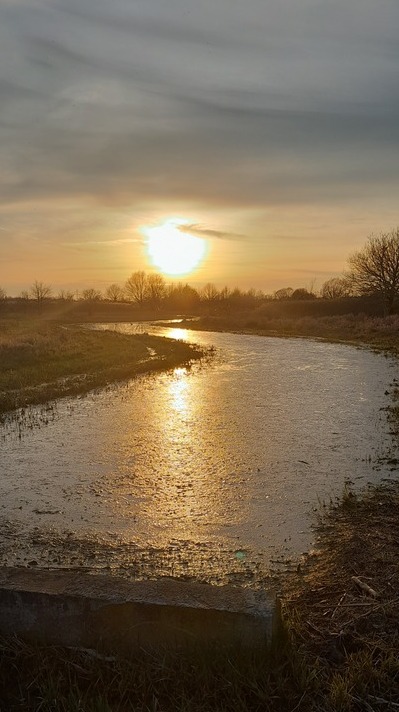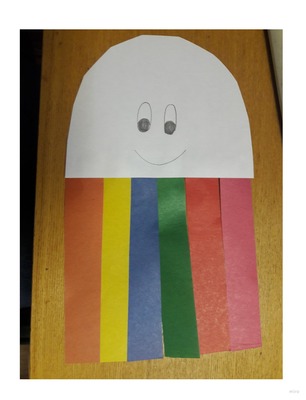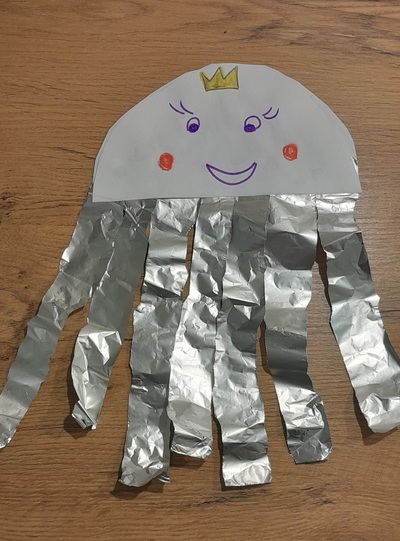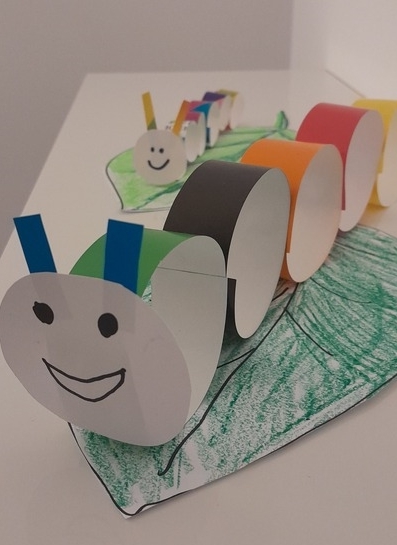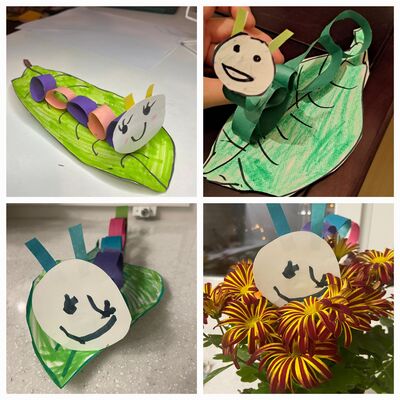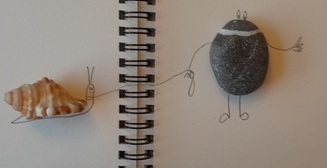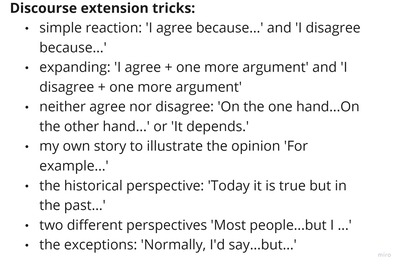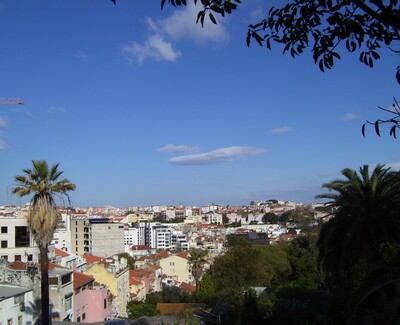
Ingredients
- One A4 piece of cardboard paper, ideally in colour but if that is not available, the while cardboard will do, too.
- Markers, scissors, glue
- Something to use as a template for a circle i.e. a small plate for the bigger circle and a small glass for the smaller circles
- A link to inspire you. Mine came from supersimple.com, after some adaptations for our online classes.
- A link to the song which this craft usually accompanies. This is my favourite rendition of the song.
Procedures
- The teacher starts by demonstrating the finished product to facilitate the whole process. I do not use this kind of an approach but it might come in really handy with this particular craft activity.
- The teacher and the class go over the all the resources necessary for the lesson. The teacher calls them out and shows them to the camera. The kids do the same.
- The teacher demonstrates how to draw a big circle on the piece of cardboard. If the kids are ready, they can draw a circle themselves. If not, the teacher shows them how to draw around a plate. It is a good idea to use the paper economically, in order to ensure that there will be enough paper left for the small circles. The kids do the same and show their circles to the camera.
- The teacher cuts out the circle. The kids follow suit.
- We fold the circle into half and we draw the eyes and a smile at the front.
- The teacher demonstrates how to draw two small circles (or how to circle the smaller object twice). Afterwards, these are cut out, too. They are folded into halves and cut into halves, too.
- Two of these half-circles are used as fins. They are glued to the side of the shark. The teacher demonstrates that, step by step.
- The third half-circle is to become the frontal dorsal fin. It is glued to the top of the shark, at the back.
- The remining half a circle is cut into two pieces (in any way) and these are are the tail (or the caudal fin, what a pretty name!). Their ends are glued together to form something resembling the letter V and they are glued inside the folded circle.
Why we like it
- It is a perfect craft to accompany the song or to be included as a part of the life aquatic-themed unit.
- It is easy enough to make, even online. It works well in the offline classroom, too and the teacher can adapt it to the younger students by preparing the circles before the lesson or even by folding them beforehand.
- Even if the circles are drawn by the kids themselves and they do not turn out perfect, the sharks will look good.
- The sharks are 3D and are a lot of fun.
- They can be used as a puppet and they can be used in role-plays.
- The kids can decide if they make a baby shark or a mummy or daddy shark and they can decorate the sharks accordingly.
Happy teaching!



